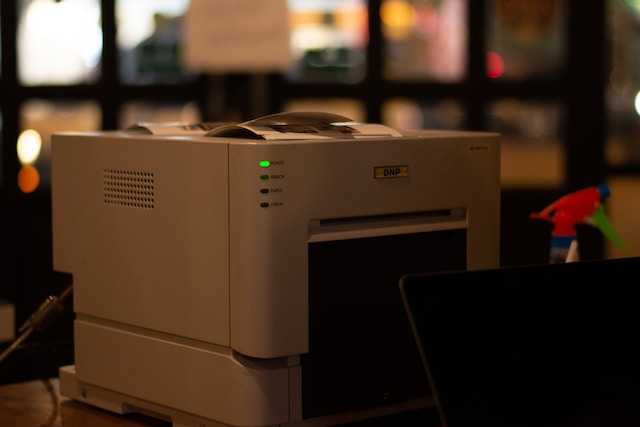UV printing, also known as UV-cured printing, is a printing technique where ultraviolet (UV) light is used to instantly dry or cure the ink or coating applied to a surface. The UV ink or coating contains photoinitiators that initiate a chemical reaction when exposed to UV light, resulting in a rapid hardening or polymerization process.
UV printing is known for its excellent adhesion properties and durability. Once the UV ink or coating is cured, it forms a strong bond with the substrate, whether it’s paper, plastic, metal, or other materials. The cured ink becomes resistant to smudging, scratching, fading, and other forms of wear and tear.
UV printing is often considered more permanent compared to traditional printing methods that use solvent-based or water-based inks. The curing process makes the ink or coating chemically stable and less susceptible to degradation over time. Ultraviolet printer is commonly used for applications that require long-lasting and vibrant prints, such as outdoor signage, labels, packaging, and industrial marking.
However, it’s important to note that the permanence of UV printing can still be influenced by various factors, including the quality of the ink, the substrate, and the environmental conditions to which the printed material is exposed. While UV printing provides enhanced durability, extreme exposure to harsh UV light or certain chemicals may still cause some fading or degradation over an extended period.
Conclusion:
In summary, Ultraviolet Printer is generally considered to be highly durable and long-lasting, providing excellent resistance to smudging, scratching, and fading.
However, the actual permanence of UV printing can depend on multiple factors, and it is always recommended to consider the specific application and environmental conditions when assessing the longevity of UV-printed materials.
